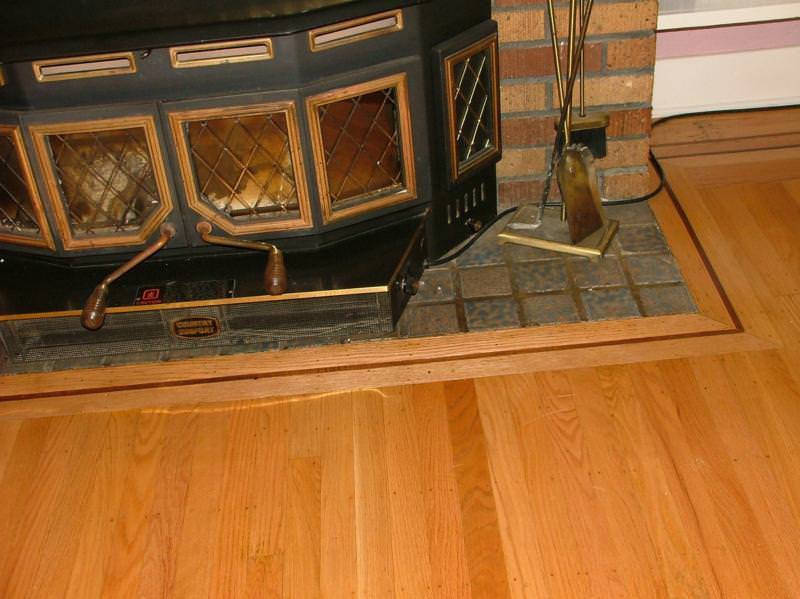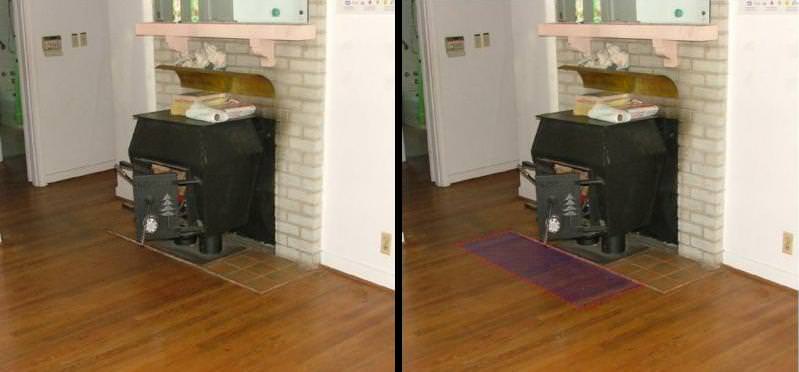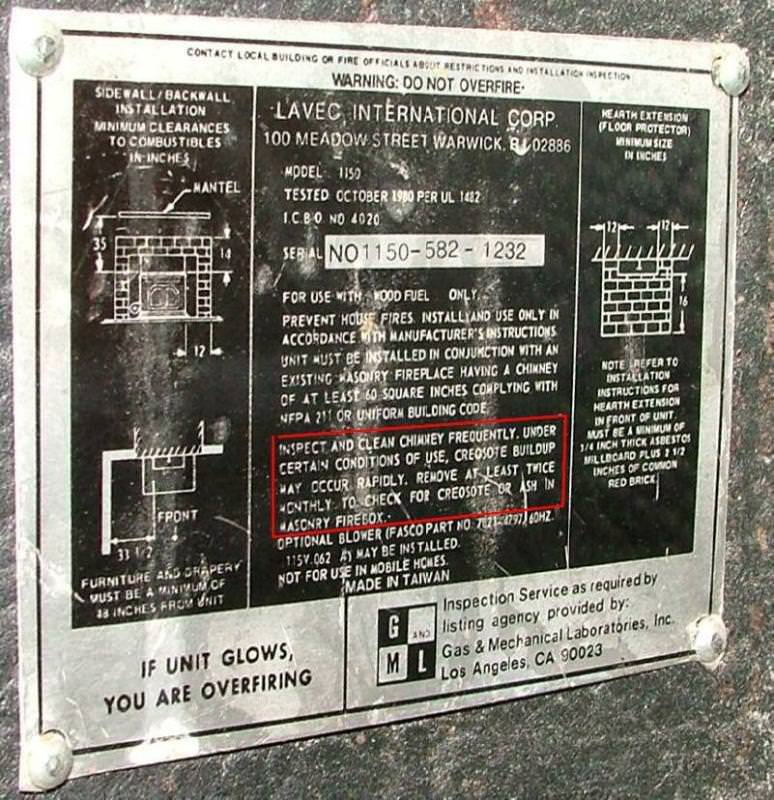Another heating season is upon us.
I don’t see too many wood stoves any more—and I consider that a good thing given ever increasing population density and the importance of air quality.
I began my building career in the early 70’s in Upstate NY, so I am well aware that there are likely some areas of the country where they are most likely still popular—even if still not such a great idea. In the 70’s they most likely would have been considered “Green.” I would hope that is not the case today. While many of these wood stoves got very efficient in their “heyday,” I think that if everyone were to heat with wood it would be disastrous for the planet.
Any of my readers that are really into the Green Movement that know how wood stoves are thought of today I would love to hear from you.
In the Puget Sound area we have lots of “inversions.” This is the phenomenon of when the atmosphere keeps pollutants close to the ground and won’t let them move past the mountains to the East. During these times we actually have “burn-bans.” In fact, there is a number to call (1-800-595-4341) to check to see if a burn ban is in effect or not. You are supposed to call this number before you use your wood burning stoves and fireplaces—-unless it is your only source of heat. You can also get the same information on the Web at PS CLEANAIR.ORG. Can you guess when these inversions are most prevalent? Winter of course—-when you want to be burning wood the most.
The installation of these wood stoves was often problematic—-especially when installed in masonry fireplaces. Wood burning stoves and fireplace inserts still required protection of nearby combustible surfaces. Most manufacturers required 12-18″ of non-combustible materials in front of the unit. Often these appliances would be set on the original fireplace hearths leaving inadequate protection of the flooring at the front of the stove. As can be seen in the following two pictures the insert fireplace and the stove have inadequate protection of the wood flooring in front of them.


The “highlighted” area to the right shows where we would want to see the floor surface protected. I understand why these protective surfaces often don’t get installed. Take a look at the wood flooring around the fireplace insert in the first picture. It would be “expensive” to figure out a way to not destroy the nice look of the original floor/hearth installation. It would also be “expensive” if the house burns down.
Did you know that some manufacturers of wood stove inserts recommend removal and cleaning of the stove twice monthly? Take a look at this data plate from an older type of fireplace insert.

How often do you think that got done after original installation? For obvious reasons it quickly became required that the original chimneys be lined with stainless steel pipe and connected directly to the stove to prevent the build-up of creosote inside the fire-box. This liner was rarely installed—even though required.
A huge number of these stoves and inserts were installed by homeowners and other unqualified persons throughout the Puget Sound (and all around the country for that matter) and are regularly found by this Seattle Home Inspector.
So as this heating season gets going—if you have any type of wood burning stove or fireplace—have it professionally cleaned and inspected by a CSIA Certified and licensed chimney sweep. Or better yet—replace the sucker with a gas appliance and actually save some money AND heat your house more efficiently.
***
Charles Buell, Seattle Home Inspector
If you enjoyed this post, and would like to get notices of new posts to my blog, please subscribe via email in the little box to the right. I promise NO spamming of your email